
searchMenu

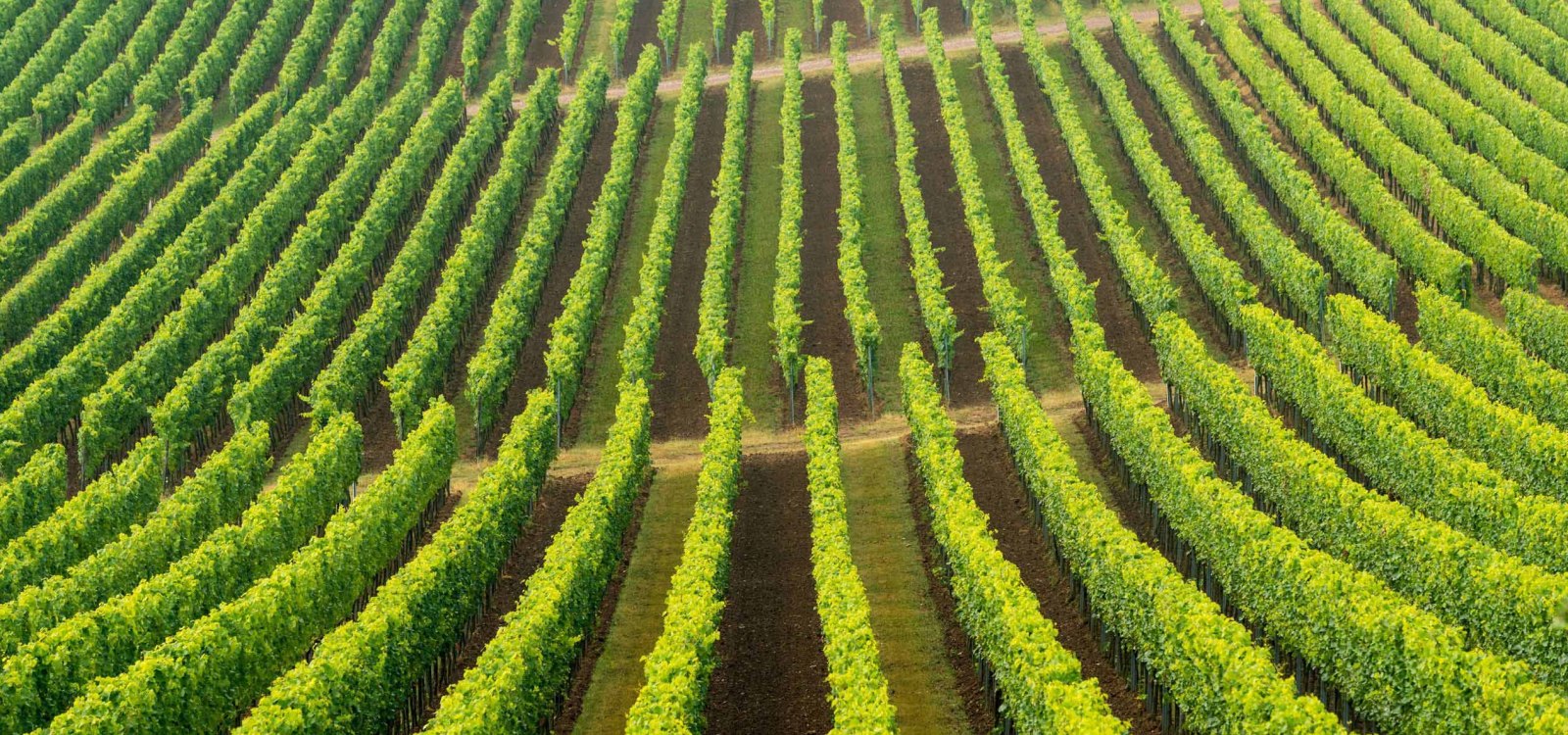

The location was mentioned in 1842 with the name "auf der Römerberg". The location got its name from the Roman finds in this area.
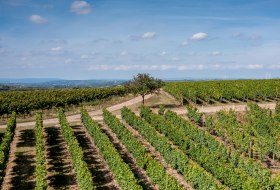
Red, white, yellow and and vineyard cottage. There are two possible interpretations for the name’s origin: one option is that the term is based on a deforestation (German: “Rodung”). Obviously, an old area was cleared here, trees were felled and their roots removed. However, the name could also be derived from the colour red (German: “rot”), because the core area in the site consists of red topsoil, oxidised volcanic rock. There even is a song in Alzey, referring to the old site name Rotental (now part of the…

The name derives from the word dove house. The dovecotes, whose furnishings belonged to the privileges of the nobility, were often in the open air. The huts of the vineyard keepers are referred to here as a dovecote.

It is believed that the occurrence of the bird in this area has led to the naming of the situation.
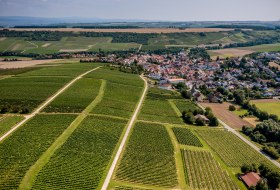
Heee-Haaw: Riesling, Pinot Blanc, Silvaner from the Donkey Trail So called donkey trails often led to a mill and were only wide enough for a donkey carrying a bag to walk on. There are still mill buildings in Appenheim today, some of them with restaurants. This single vineyard was first mentioned in 1375. Donkeys are rarely seen there today, but ambitious winegrowers with tractors or jeeps. The subsoil is a limestone base with a light loess-loam soil on top. Rieslings, Pinot Blanc and Silvaner/Sylvaner grow on the southern slope. They stand…
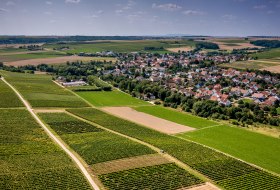
Carbonate, Rich, Gold: Riesling from Hundertgulden It is Germany's most carbonate-rich vineyard. The lime- and salt-rich soil " Terra Fusca " was formed over 50 million years ago and was once a coral reef in the primordial sea. Today, it is mainly Rieslings that grow there, producing elegant wines with fine fruit aromas. Easily digestible top wines with a unique minerality. Carbones are salts. The current site name "Hundertgulden" probably dates back to the 14th century: At that time, the vineyard by the Westerberg changed hands…
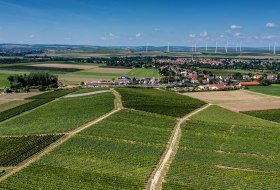
"You're a real piece of gold!" That's what, in Germany, we sometimes call our loved ones. An expression of appreciation. It is the same with this single vineyard site: the high esteem of the site is expressed in this vineyard name. It was first mentioned in 1462 with the name "im goltale". A wide variety of vines grow on sand and clay marl.

The name is based on the ownership of the Mainz Stadtkloster St. Johannes.

Sun-blessed white and red wines from Aspisheim “Sonnenberg” is a popular German vineyard name. As always in Rheinhessen, this name comes from the southern exposure of the vineyards. The Romans already settled in Aspisheim, as evidenced by the Roman road from Alzey to Bingen, which led through what is now Aspisheim. Vines for full-bodied white and red wines thrive on sand and clay marl Pararendzina and loess.
Rheinhessenwein e.V.
Otto-Lilienthal-Straße 4
55232 Alzey
E-Mail: info@rheinhessenwein.deRheinhessenwein e.V.
Otto-Lilienthal-Straße 4
55232 Alzey
E-Mail: info@rheinhessenwein.de